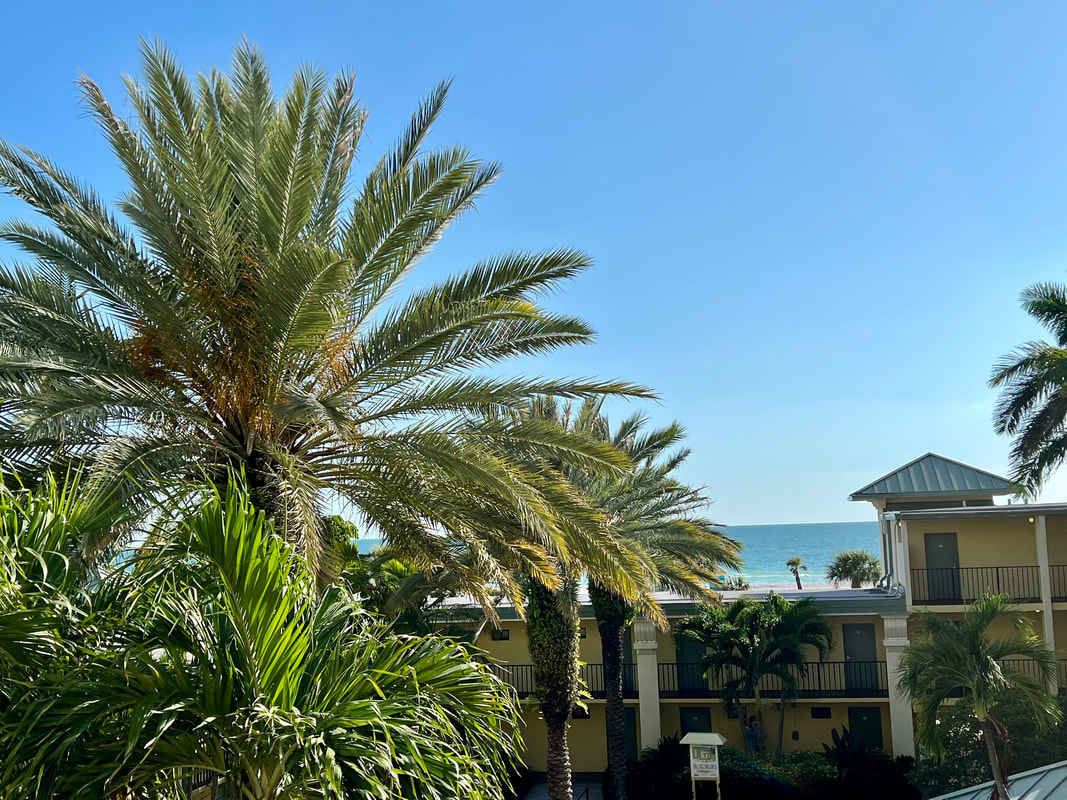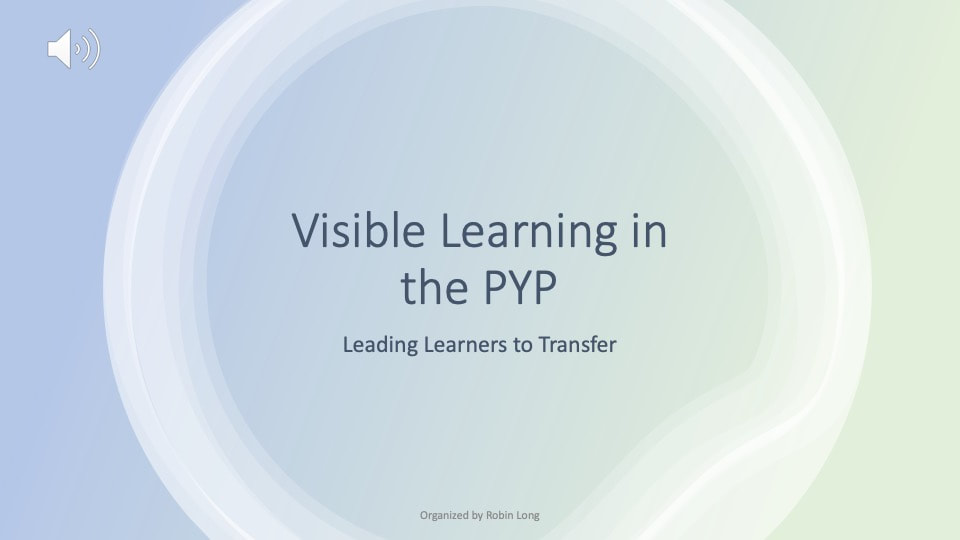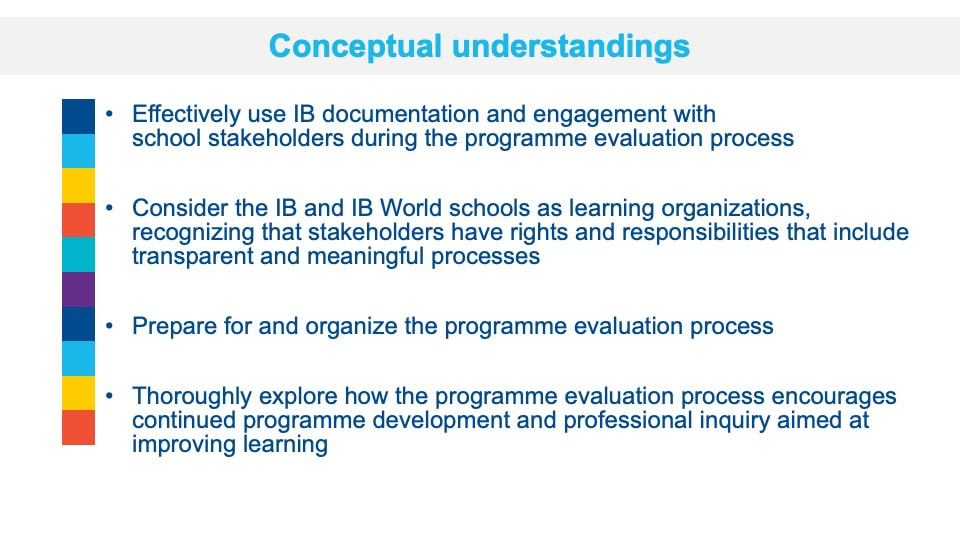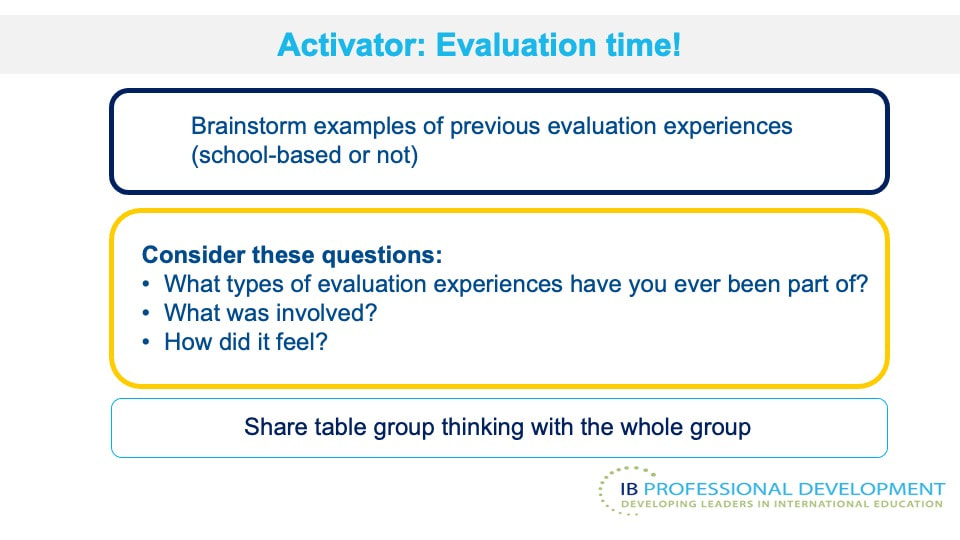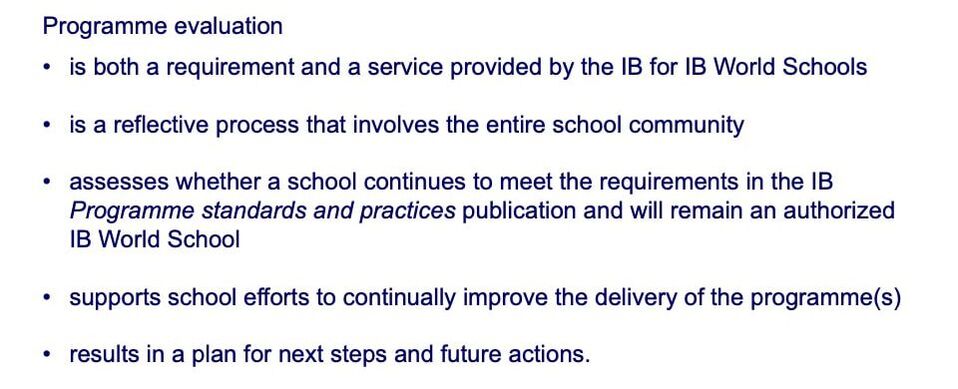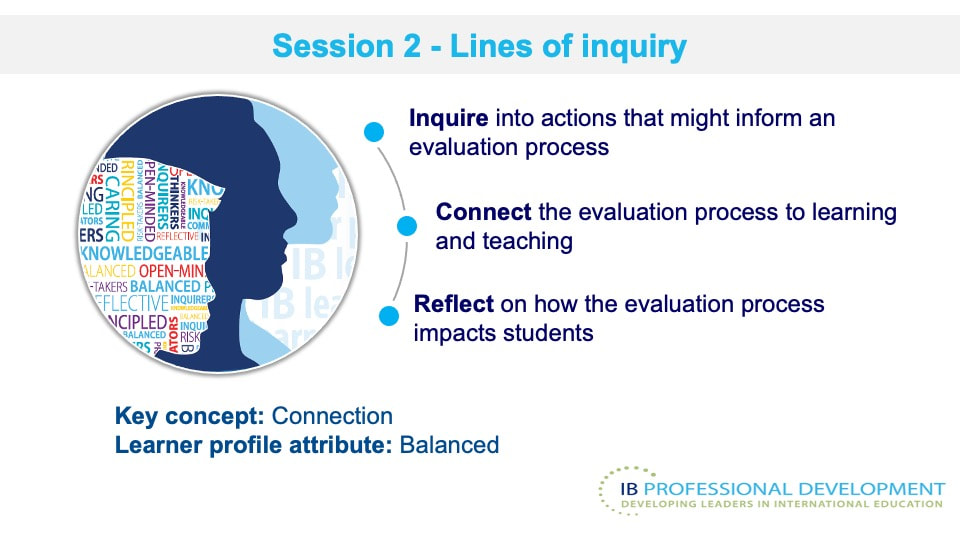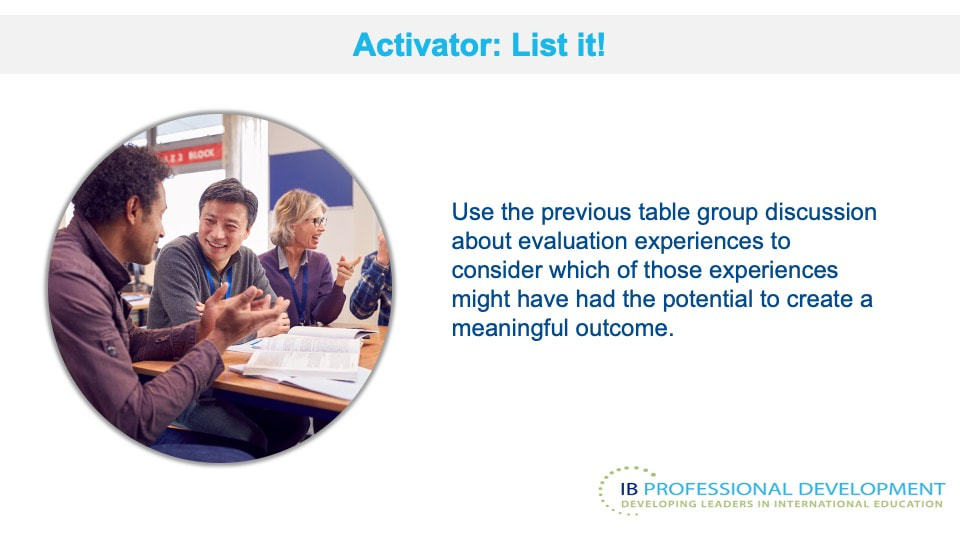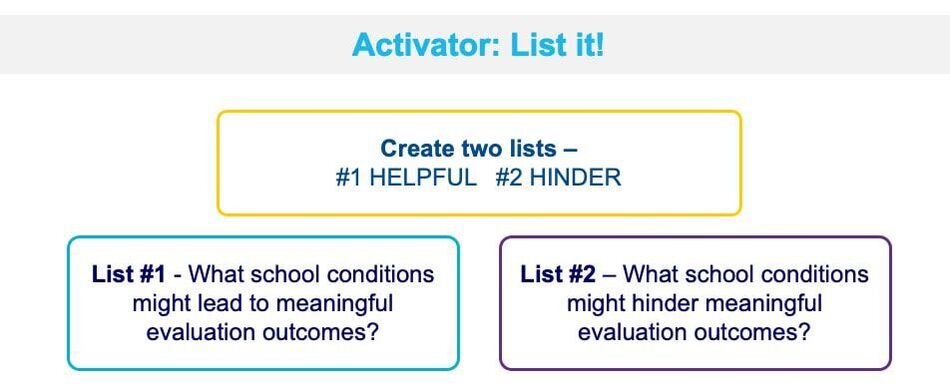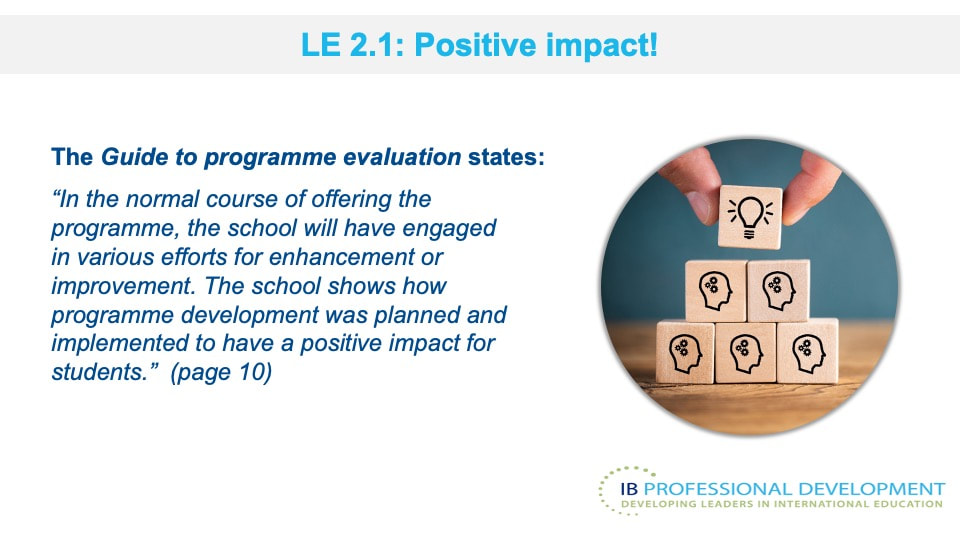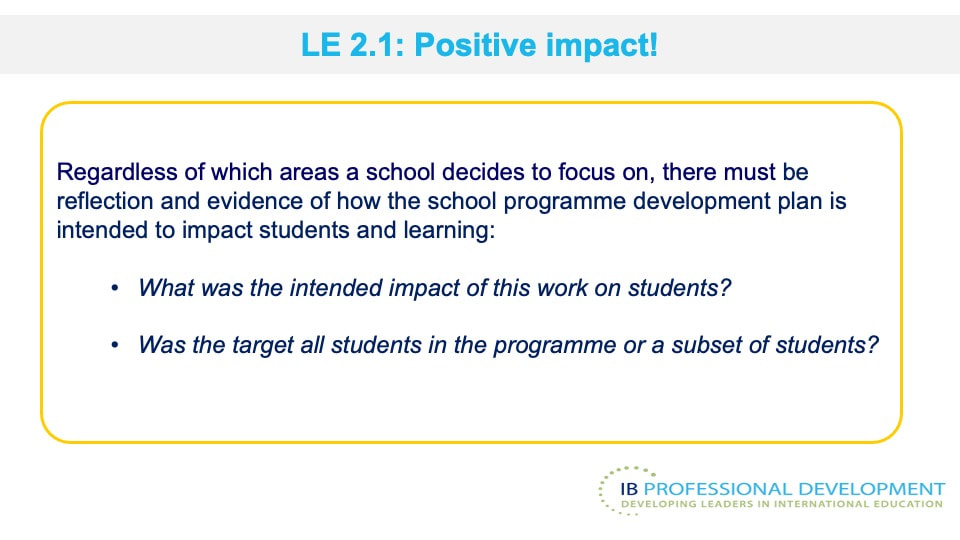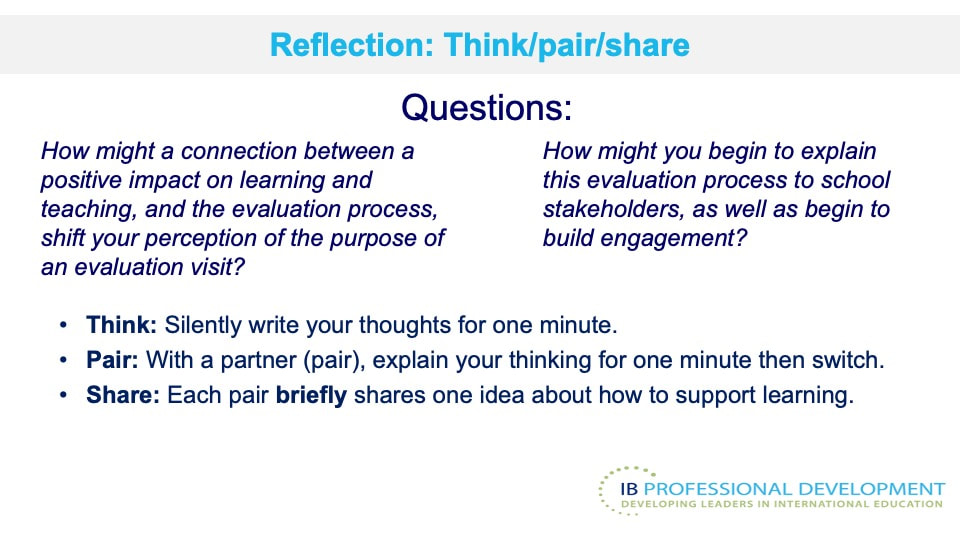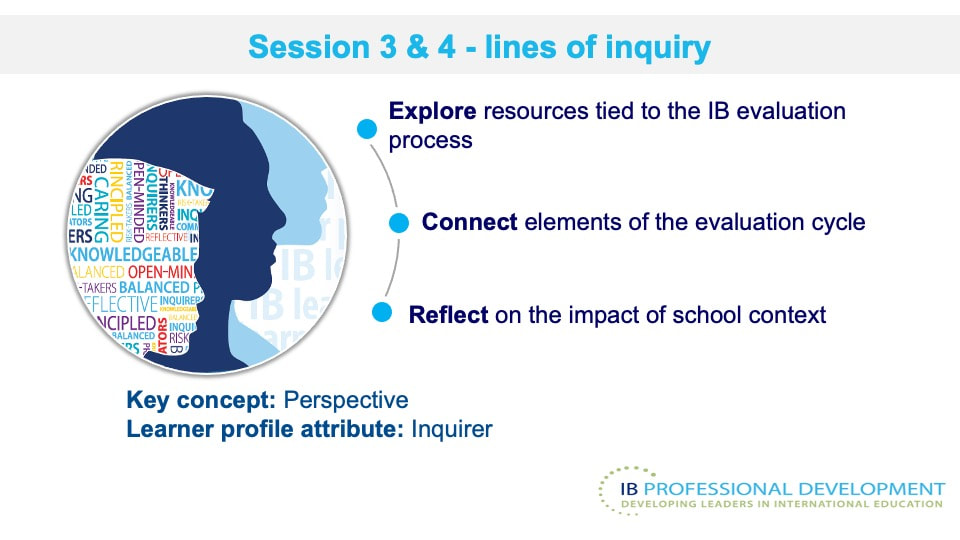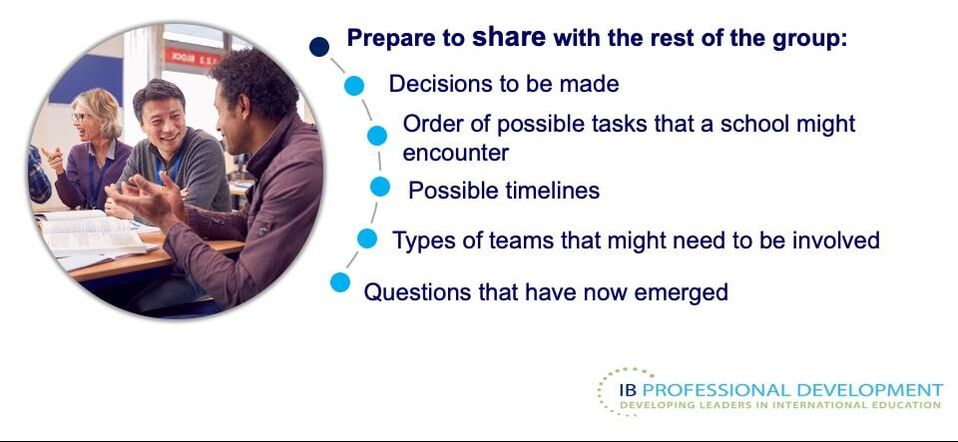Welcome to the beach!
|
Wednesday our day ends at noon with lunch on our own.
|
Our Schedule:
We are located in Sirata in the Date Palm Room with a lovely view! 8:00 am daily we begin our sessions 10 am daily we will take a 15 minute beverage break 12:15 on Monday and Tuesday we have a one hour lunch break 1:15 Monday and Tuesday our sessions resume 3:30 Monday and Tuesday our day ends |
Please use the cardstock at your table to make a name tent.
- Write your name in the middle in large letters (for those of us over 40...)
- Under your name write the role you have at your school
*Please access our workshop and materials with this website each day.
*Padlet for the workshop link padlet.com/rtlong651/ggrkyr6mlh9a5qil
*Padlet for the workshop link padlet.com/rtlong651/ggrkyr6mlh9a5qil
Working Agreements
How might we establish a common understanding of how we will work together throughout this workshop? Consider two resources:
- The IB Learner Profile
- The PYP Approaches to Learning
- As a small group craft a working agreement and present it to the group.
|
| ||||
Session 1: How are school context and programme evaluation interwoven?
What is Programme Evaluation?
| guide-to-programme-evaluation-for-use-from-september-2021-en_1b9a3d63-07cd-492e-b52b-792a371a1183.pdf |
Read the section titled "What is Programme Evaluation."
Discuss how this process is similar and different from your experiences with evaluation.
Discuss how this process is similar and different from your experiences with evaluation.
School Context Banner
LE 1.1: My school context
For this learning engagement, you may work independently or with your school colleagues.
For this learning engagement, you may work independently or with your school colleagues.
- On the top part of a piece of chart paper, create a school “banner” identifying your school context. This can include any information that you feel is relevant to what makes your school unique.
Consider:- geographical location
- size
- language
- structure as well as things that may change over time such as staff turnover, strategic direction, student-body
- whole-school or within a school?
- new or established?
- embraced by the community or in competition with other popular
programs?
| school_and_programme_profile.docx |
- Create your own graphic on the bottom half of your group’s chart paper using the four PSP categories: PURPOSE, ENVIRONMENT, CULTURE, LEARNING.
- Discuss: How would you describe your own schools in each PSP category?
- Post your chart paper on the walls and a gallery walk, paying special attention to how other schools represent their context on each banner. Take note of similarities to your own banners.
- How might your school’s context shape the process of evaluation?
How does programme evaluation connect to student learning?
Share two “helpful” items and one “hinder” item from your lists. Try not to repeat what was already been shared. Continue to amend your own lists as you hear other suggestions.
| pas_poa_school_and_programme_profile_2021.docx |
Jigsaw group activity: PURPOSE, ENVIRONMENT, CULTURE, LEARNING1, LEARNING 2
• In your PSP category groups:
• In your PSP category groups:
- Align each practice in a standard (or as many as you have time to consider) to a potential positive impact for students
- Explain how the impact for students will actually be identified.
- Write your thinking on a chart and post on the wall or digital platform.
- Share with the whole group.
- Refer to the Programme evaluation FAQ for further study.
* A school should identify many areas they can develop further and prioritize. Schools are also encouraged to develop more than one programme development plan even though only one is shared with the IB.
How might schools prepare for the evaluation process?
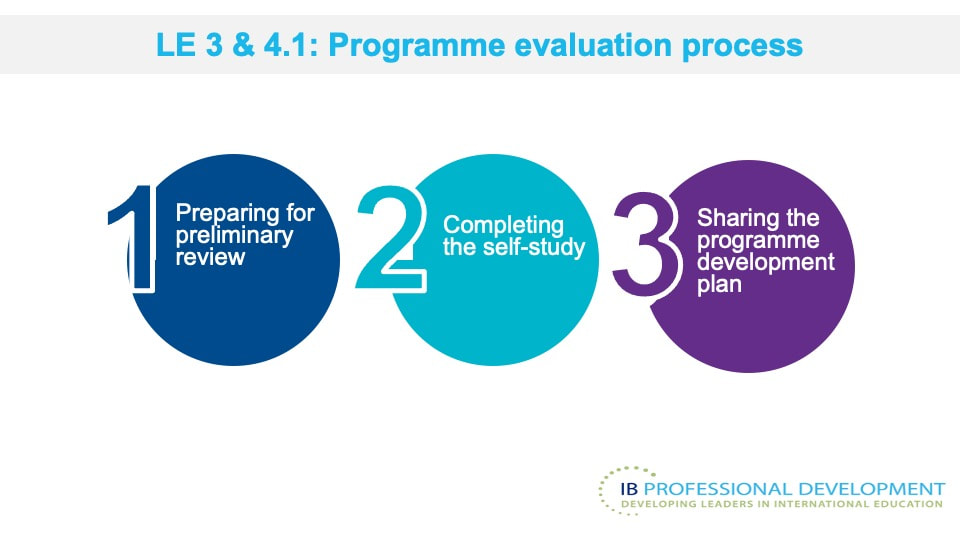
Part 1: Break into three new groups
- Group one: Preparing for preliminary review
- Group two: Completing the self-study
- Group three: Sharing the programme development plan
Part 2:
- Create a 3-column chart and label with each one of the three parts of the evaluation process
- Identify the parts that will be most challenging for your school and consider why
- Explore how you might meet or address those challenges and make note of those during your discussion
- Share charts on the wall or digital platform for the workshop
Let’s not lose the connection with the real work that coordinators and schools are doing all the time, day in and day out. The template should provide focus and structure to their work and puts it in the context of learning and that is worth capturing.
